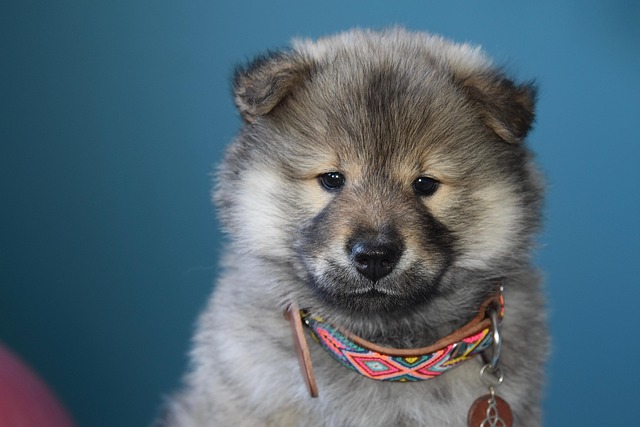
How can I tell if my dog's heatstroke is serious
Let’s be real: It’s a sticky August morning in Los Angeles, and you took your 2-year-old Golden Retriever, Max, for a walk a little later than usual
Puppies explore the world through their noses and tongues, and mealtime is no exception. When food hits their bowls, temperature often plays a bigger role than many owners realize. A warm bowl of kibble, gently heated to around body temperature, can unlock richer scents—something their developing senses pick up on immediately. It’s not just about preference; their wild ancestors relied on warm, freshly caught meals, and that instinct lingers in even the tiniest Chihuahua or Labrador pup.
Cold food, on the other hand, tends to dull those aromas. A refrigerated wet food might feel refreshing on a hot day, but many puppies will sniff it cautiously before walking away. Vets in places like California and New York often note that puppies raised on room-temperature or slightly warm food tend to eat more consistently, which supports healthy growth.
 But there’s a balance to strike. Overheating food, even by a few degrees, can burn a puppy’s sensitive mouth, leading to avoidance or discomfort. That’s why experts recommend testing temperatures by dabbing a small amount on your wrist—if it feels neutral, it’s safe. Similarly, serving food straight from the fridge can slow digestion, especially for breeds prone to stomach issues like Bulldogs or Shih Tzus.
But there’s a balance to strike. Overheating food, even by a few degrees, can burn a puppy’s sensitive mouth, leading to avoidance or discomfort. That’s why experts recommend testing temperatures by dabbing a small amount on your wrist—if it feels neutral, it’s safe. Similarly, serving food straight from the fridge can slow digestion, especially for breeds prone to stomach issues like Bulldogs or Shih Tzus.
Cultural habits also play into this. In many European households, puppies are fed meals that match the ambient temperature of the home, aligning with a belief in natural feeding rhythms. In the U.S., busy owners might rely on pre-portioned meals, but taking 30 seconds to let refrigerated food warm up can make a big difference in a puppy’s enthusiasm.
It’s important to remember that individual preferences vary. Some puppies will dive into cold food on a summer day, while others turn up their noses at anything less than lukewarm. Observing your puppy’s behavior is key—if they hesitate at mealtime, adjusting the temperature might be the simple fix you need.
Always stay informed about local regulations, too. Some regions have guidelines on storing and serving pet food to prevent bacterial growth, which applies to both warm and cold options. Keeping food at safe temperatures isn’t just about preference; it’s about keeping your puppy healthy.
In the end, a puppy’s reaction to food temperature is a mix of instinct, comfort, and individual taste. By paying attention to their cues and following basic safety guidelines, you’ll help ensure mealtime is a positive experience—one that supports their growth and strengthens your bond.

Let’s be real: It’s a sticky August morning in Los Angeles, and you took your 2-year-old Golden Retriever, Max, for a walk a little later than usual

You're enjoying a summer afternoon at the park when you notice your dog has stopped panting and appears disoriented - their gums are bright red

Let’s paint the picture: You’re in your Denver apartment, watching your 4-year-old Boston Terrier, Ruby, plop down mid-play session with her favorite toy

Many dog owners notice their pets nails seem shorter after regular walks,but how much does this daily activity actually help?The answer depends on where you walk—concrete sidewalks or asphalt streets gently file nails as a dog's paws hit the ground

Most dog owners notice their pup scooting across the carpet at some point, but few connect it to impacted anal glands. These small sacs near a dog’s rectum secrete a scent for marking territory

Most vets agree that regular dog teeth cleaning is key to avoiding painful dental issues later. For healthy adult dogs, a professional cleaning at the vet’s office every 12 to 18 months usually works well.